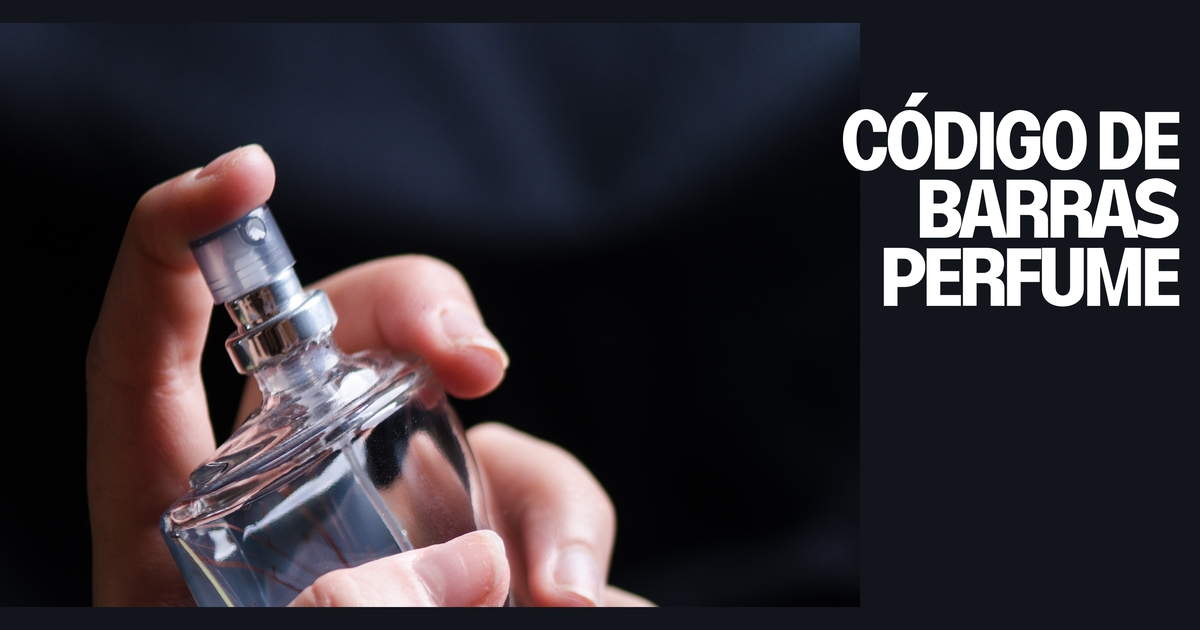How can you make sure that your loved bottle of perfume is authentic? In a world where counterfeit products are increasingly state-of-the-art, the código de barras perfume can be your quality best friend. This comprehensive blog will explore the mysteries behind this essential device for verifying the authenticity of perfume products and why it is important for clients and brands alike.
Table of Contents
Understanding the Importance of the Código de Barras Perfume
Perfume lovers and creditors place great value on authenticity. The código de barras, or barcode, is more than just a series of traces and numbers; it holds crucial facts about the perfume’s beginning, authenticity, and legitimacy. This manual will provide you with the insights needed to apprehend and use the código de barras successfully to ensure you are shopping for authentic products.
What Is a Código de Barras Perfume?
The código de barras perfume is a unique identifier assigned to each perfume bottle. It’s a chain of numbers and contours that may be scanned to expose critical facts about the product. Barcodes have been around for decades and serve diverse industries; however, in perfumes, they play a vital function in differentiating between authentic and counterfeit goods.
Barcodes include encoded statistics, including the manufacturer, product kind, and batch variety. These records can be accessed through barcode scanning gear, making it less complicated for customers and outlets to verify the product’s authenticity. In the fragrance enterprise, where counterfeit items can cause considerable damage to both purchasers and types, the código de barras acts as a protective measure, ensuring the product’s integrity.
Information Revealed via the Código de Barras Perfume
Barcodes aren’t just random lines; they encode precise, revealing information. When you experiment with a fragrance’s barcode, you could uncover info such as:
- Manufacturer Information: The barcode provides information about the organization that produced the fragrance, which facilitates verifying its origin.
- Product Details: This section contains facts about the specific perfume, including its name, version, and length.
- Batch Number: The batch number can help track the production date and area, adding another layer of verification.
These encoded facts are invaluable for each client and store. For customers, it means peace of mind knowing they’re shopping for a proper product. It allows shops to keep their beliefs true and credible with their clients.
How to Verify a Perfume’s Authenticity Using the Código de Barras
Verifying the authenticity of a fragrance and the usage of its código de barras is a straightforward process:
- Scan the Barcode: Use a smartphone barcode scanning app. Some popular alternatives include Google Lens, Barcode Scanner, and QR & Barcode Scanner.
- Check the Information: The app will display the encoded records. Verify that the info fits the product’s label and packaging.
- Cross-Reference: Compare the scanned information with official statistics from the manufacturer’s website or depending on sources.
Several apps and gear are available for barcode scanning. Some even provide additional functions, such as product critiques and rate comparisons, making them accessible equipment for savvy shoppers.
The Código de Barras as a Tool Against Fake Perfumes
Counterfeit perfumes are a major problem in the industry. They deceive customers and pose health risks due to unregulated components. The código de barras is an effective device for preventing these faux merchandise.
Barcodes make it hard for counterfeiters to replicate the product perfectly. Authentic perfumes come with specific barcodes that fake products regularly lack. Red flags to look at include:
- Inconsistent Barcode Quality: Blurry or choppy strains should indicate a counterfeit product.
- Mismatched Information: If the scanned records don’t match the product’s label, it’s a signal of a faux.
- Lack of Barcode: Genuine products usually have a barcode.
By noting this information, customers can avoid falling victim to counterfeit merchandise.
Differences Between Código de Barras and QR Code in Perfumes
While both barcodes and QR codes function as precise identifiers, they range in several approaches:
- Data Capacity: QR codes can save more data than conventional barcodes, making them suitable for particular product records.
- Scan Method: QR codes require a camera-primarily based scanner, while barcodes can be scanned with laser scanners.
- Usage: Barcodes are mostly used for simple identity, whereas QR codes provide interactive content such as websites and promotions.
In the fragrance industry, QR codes are gaining popularity for imparting richer consumer studies, however barcodes stay the standard for product verification.
Código de Barras Perfume: Protection in Luxury Perfumes
Due to their high fees and demand, luxury fragrance brands are particularly liable to counterfeiting. To safeguard their merchandise, these brands depend heavily on the código de barras.
Luxury manufacturers upload more than one layer of protection, together with:
- High-Quality Barcodes: Ensuring the barcode is obvious and exactly published.
- Additional Authentication Labels: Holograms and seals that similarly assure authenticity.
- Unique Batch Numbers: Tracking the production run and including some other layer of traceability.
These measures guard the logo’s integrity and ensure customers receive the best true merchandise.
Conclusion
The código de Barras perfume is an invaluable device for ensuring the authenticity and protection of your preferred scents. By knowing how to use and interpret those barcodes, customers can shield themselves from counterfeit merchandise and enjoy their perfumes with self-assurance.
Always be vigilant and take advantage of the era available to verify your purchases.
Frequently Asked Questions
Do All Perfumes Have a Código de Barras?
Most authentic perfume brands use barcodes to ensure product authenticity and streamline inventory control.
How Can One Interpret the Barcode?
Interpreting a barcode requires a scanner or an app that can decode the records. The information generally encompasses the manufacturer, product type, and batch number.
Are Barcodes Foolproof?
While barcodes are sturdy against counterfeiting, they are not foolproof. Applying them alongside other verification strategies, including checking the packaging and shopping from legal stores, is essential.

